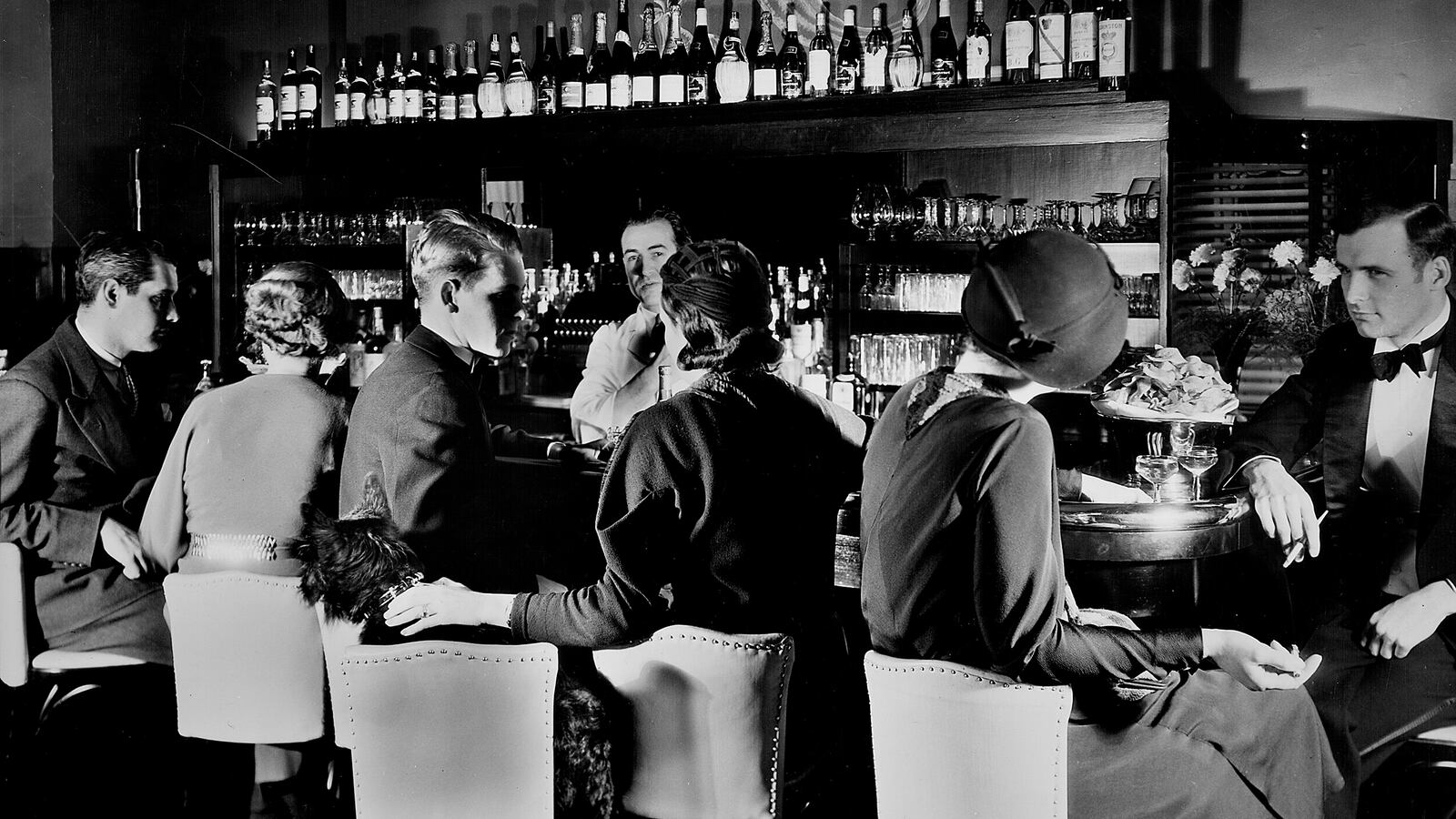Today is the day that the speakeasy died.
84 years ago, Prohibition came to end on December 5, 1933, when the so-called wets were able to gain enough support to ratify the 21st Amendment. It repealed the 18th amendment and literally opened the boozy floodgates.
Repeal also meant that the speakeasy was no longer needed or fashionable. Drinkers didn’t have to hide in the shadows of society and bars and restaurants could now openly serve alcohol. While drinkers in the ‘30s were only too happy to put Prohibition and its speakeasies behind them, modern drinkers are extremely interested in the period, with faux speakeasies popping up around the world.
But what was it actually like to drink in a speakeasy during the nearly 13-year Prohibition period? It’s a question that I’ve struggled to answer and write about accurately. Fortunately, in 1933 the editors at Fortune were also concerned about capturing speakeasy culture and in June of that year ran a piece aptly titled, “Speakeasies of New York: In action for the first time before a camera’s eye.”
The essay, which has no byline, explored these clandestine establishments in great detail, from how much they took in to the amount that was spent on greasing the palms of local cops and Prohibition agents to what drinks were most popular. Why did it focus on New York? According to the magazine it was the only city whose illicit bars were worth visiting. “In New York alone has the speakeasy become the instrument of a civilized social life, something between a pre-prohibition restaurant and a coeducational club. There are, therefore, in New York speakeasies for every taste and purse.” The writer goes on to talk about how bar culture differs from neighborhood to neighborhood. “They grow as thick as weeds on the West Side, especially in the lower Fifties where Rockefeller Center tore three-blocks of them up by the roots.” To show the city’s depth and breadth of speakeasies the story is amazingly accompanied by images taken by legendary photographer Margaret Bourke-White in a number of speakeasies around the city.







“They are probably the first pictures ever taken of speakeasies in action,” boasted the article, which went on talk about the importance of capturing this moment with Repeal rapidly approaching. “They may be the last: no one can prophesy the future of these curious by-products of the post-War age if and when prohibition is repealed. If they survive it will be as restaurants with bars; locked doors will no longer spice the drinks. It is for a future that will want to know how New Yorkers of the ‘20’s lived that Fortune presents this portfolio of Margaret Bourke-White’s pictures.”
The images are beautifully composed and lit. In a number of them, Bourke-White was able to skillfully capture the scene without showing any of the drinkers faces. No doubt a requirement of some of these watering holes. The speakeasies she photographed truly run the gamut from highfalutin supper clubs with waiters in tuxedos to pretty nondescript dives complete with spittoons. In all they are an astonishing representation of this lost period.
So today, I hope you’ll sip a cocktail as you enjoy Bourke-White’s photographs.






